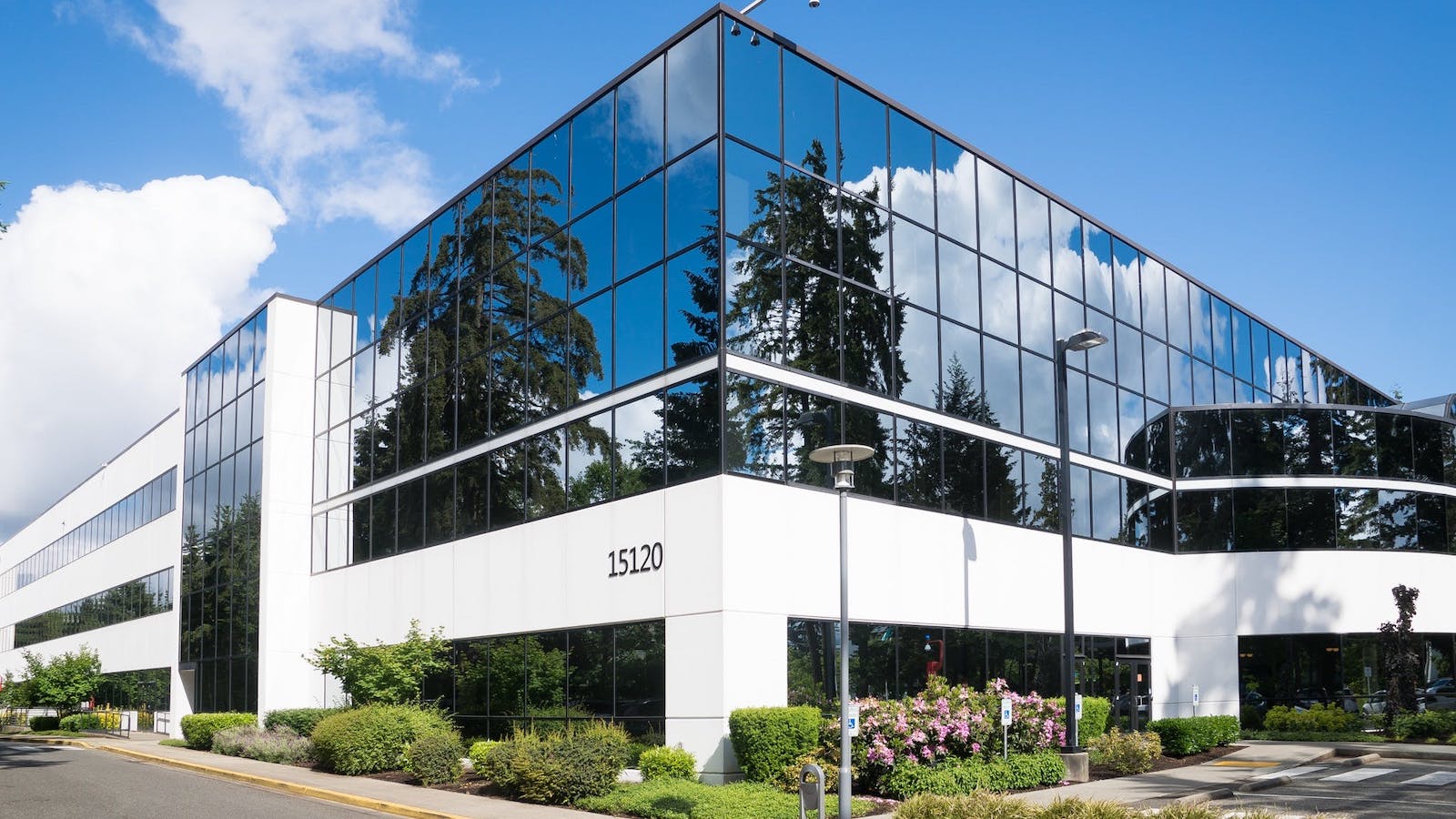The world of mergers and acquisitions is evolving fast, and the process, speed of execution and complexities of transactions are always increasing. Those changes are putting pressure on the traditional, labor-intensive manual processes used to create representations and warranties (RWI) policies, meaning the need for digitization is now pressing.
In recent years, there has been a significant increase in the number of investors purchasing RWI insurance when making acquisitions. This was virtually unheard of 10 years ago, yet recent statistics show RWI products are now being used in roughly 30% to 35% of U.S. private M&A deals. This is because RWI bridges gaps in expectation: Sellers wish to reduce their liability in the share purchase agreement (SPA) to a minimum, and buyers seek financial comfort that the business they are purchasing is all it appears to be.
This huge growth has created a global, multibillion-dollar market, yet it is far from reaching all of its potential customers; the vast majority of transactions completed each year are still done without insurance. One particularly underserved segment is small to medium-sized enterprises (SMEs), which are the lifeblood of American, Asian and European economies and account for more than 90% of all businesses across the world.
See also: Biggest Business Trends for 2024
Acquirers of M&A targets with deal values less than $25 million in the U.S. rarely buy RWI insurance. Smaller deals do occasionally enter the RWI market, but they are often left unprotected for several reasons:
- RWI is time-consuming – by offering bespoke cover for each individual deal, underwriters must review a huge amount of information and take time to understand the nuances of a transaction.
- Cost – while costs have decreased, a prospective policyholder would struggle to get a RWI policy for much less than $170,000 all in, which is prohibitively expensive for a small acquisition.
- Underwriters’ capacity – RWI underwriters can get incredibly busy, meaning smaller deals are often pushed to the bottom of their pile. At certain peak times of year (pre-Christmas, for example) underwriters can significantly reduce their appetite to quote new deals, leaving a narrower and more selective pool of remaining underwriters. This will often leave smaller deals either unable to obtain quotes at all or left with very high-cost options.
- Information flow – to get underwriters comfortable with taking on the risk of a transaction, a huge amount of due diligence is required. In fact, due diligence is now driven more by underwriter requirements rather than the end client.
While insurers have tried to resolve these issues and provide cover for smaller transactions, they have often been hamstrung by the traditional and manual nature of the processes involved in providing protection on M&A deals. Reaching SMEs, therefore, requires a fundamental rethink.
This involves a streamlined digital approach, with simplified but valuable products, full coverage, a more affordable price-point and a convenient digital platform brokers and advisers can access with their buyers and sellers. Armed with the necessary due diligence information captured by the platform, an underwriter can offer a policy that can be bound and paid for via the platform. The process can take two days instead of two to four weeks. Advisers say they use the digital questionnaires to guide their due diligence.
See also: Opportunity Now and in 2024
While the M&A insurance market has tended to focus on larger deals, continuing global economic uncertainty means investor appetite for large transactions is subdued. Private equity firms are considering smaller transactions, and some insurers are looking again at SMEs. As conditions improve, and investor confidence returns, the focus is likely to revert to larger transactions. However, a recent study by Harvard Business School found that for companies seeking growth, smaller M&A transactions provide far better success:
“The bet-the-company deal isn’t the route to success. Indeed, infrequent large deals do tend to hurt value creation. Instead, it is a steady stream of transactions — known as programmatic M&A — that delivers the real wins.”
This approach to growth also applies to institutional investors with private equity houses increasingly launching enterprise funds and using platform bolt-on acquisitions to drive value from their portfolios.
The need for a more streamlined, digital approach to M&A protection becomes, therefore, increasingly pressing and immediately relevant.
When it comes to M&A, SMEs have largely been ignored by insurers, brokers and advisers and, thus, face an M&A protection gap. Digitalization is the key to bridging this gap and solving the inefficiencies that, for too long, have left SMEs exposed and stifled the development of transactional insurance.






